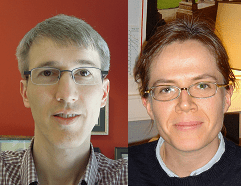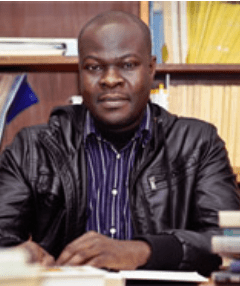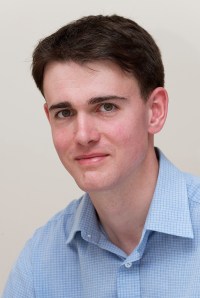
Peter Shawhan is an Associate Professor of Physics at the University of Maryland, USA. His primary research area is in the analysis of data from gravitational wave detectors and connections with astrophysical events.
Marie-Anne Bizouard is a research fellow at CNRS, Laboratoire de l’Accélérateur Linéaire, Orsay, France. She is an experimental physicist working on gravitational wave searches with ground based interferometric detectors.
The quest to detect gravitational waves directly has seen great advances over the past five decades, with the earlier resonant “bar” detectors being surpassed in sensitivity by large laser interferometers in the last decade. The first generation of interferometric detectors proved the viability of the approach, progressively improving sensing and control techniques and running up against the fundamental limitations of their designs. Along the way, many searches for gravitational wave signals were carried out and published, but none achieved the milestone of detecting a clear gravitational-wave signal.
All of that is about to change. The lessons learned from the first full-scale interferometric detectors fed into the design of advanced detectors which are now being constructed and commissioned and will soon begin collecting data. Higher laser power, Continue reading










You must be logged in to post a comment.